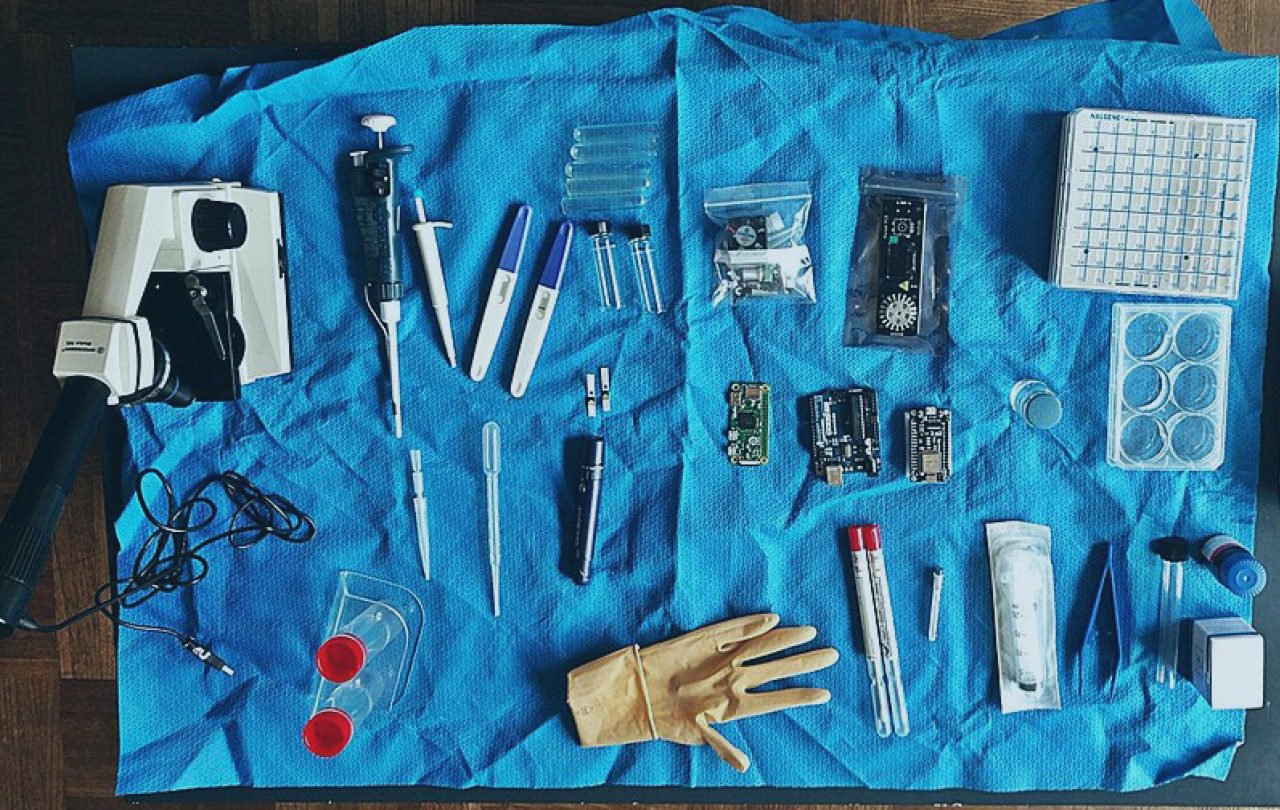Welcome to the age of transhumanism. In this world, the goal is to overcome all limitations and restrictions that hold human beings back. Science, technology, and medicine should allow us to live longer, healthier, and better lives. So runs the promise. But is there a peril that goes along with it? To answer that question, we need to take a closer look at the phenomenon of transhumanism, particularly the view of human beings that lies behind the glittery promises of an “optimised” future.
Improving humans, however possible
Transhumanism is a global movement that seeks to use all available technological means to “enhance” human beings. From curing illnesses and overcoming physical limitations to expanding mental abilities, the movement aims to overcome all obstacles to the current human condition.
More precisely, it seeks to overcome all obstacles to the individual’s freedom to live the life he or she wants to live. In the attempt to enhance life, transhumanism veers beyond traditional forms of curing impairments (like compensating for bad sight with a pair of glasses) and ventures into more experimental fields (like manipulating the human eye to see ultraviolet or infrared light). Emotional or cognitive deficits (such as lack of concentration) are supposed to be overcome by “smart drugs” (like Methylphenidate / Ritalin) and even genetic modifications, and prostheses are considered to expand human capabilities.
The goal is to create “superhuman” abilities. The holy grail of this movement is drastically extending the human lifespan (if it is in a state of health and vigour). Ultimately, transhumanists want to “overcome” death.
There are two paths within the transhumanist movement on which they hope to arrive at this sacred goal: a biological and a post-biological way.
Biological transhumanism
Let’s have a look at “biological transhumanism” first: The focus here is on our current, carbon and water-based bodies. Weak and fragile as they are, biological transhumanists must make do with them to achieve the greater things they envision. Human beings must be treated with drugs, and a host of prefixed technologies: bio-, gene-, and nano-.
Aubrey de Grey’s project of postponing death by achieving a “longevity escape velocity” is a good illustration of the movement. De Grey is convinced that novel biomedical technologies can achieve a limitless extension of the human life span: “If we can make rejuvenation therapies work well enough to give us time to make them work better,” he writes, “that will give us additional time to make them work better still” and so on. The time gained with a particular innovation must only be greater than the time needed to achieve another such advancement. Therefore, he argues, the effective death of people alive today can be staved off indefinitely.
De Grey is not alone in transhumanist circles to predict such outcomes. Google’s Ray Kurzweil has a similar view: “We have the means right now to live long enough to live forever”.
Such optimistic prognoses bank on a view of human beings as being essentially a body-machine that can be controlled and improved at will. The key to unlocking its potential is information theory.
Think of human beings as an algorithm, and, in principle, all their problems can be solved by engineering. Cultural critic Evgeny Morozov poignantly called this approach “technological solutionism”. From a ‘solutionist’ perspective, humanity is increasingly seen as the problem that needs solving. Thus, not only must we develop new technologies to guarantee human life and freedom, but humanity needs to adapt. Those necessary “transformations” of the “human” are what inform the first dimension of the term “trans-humanism”.





